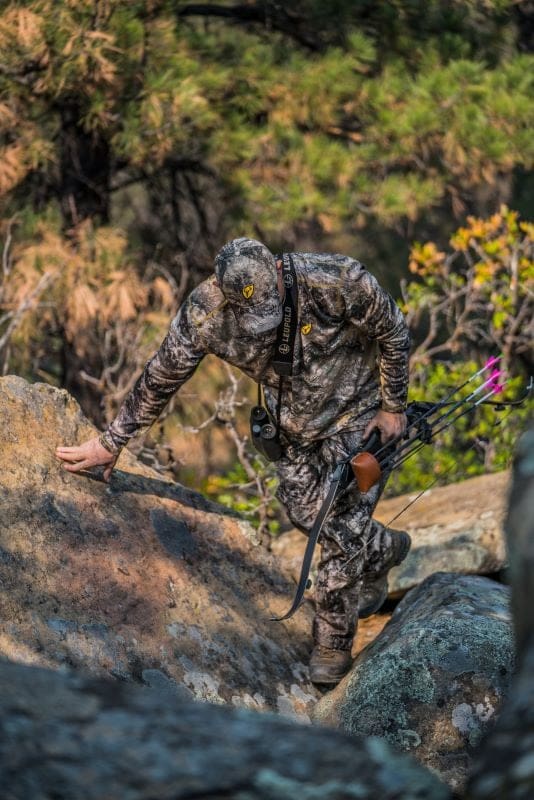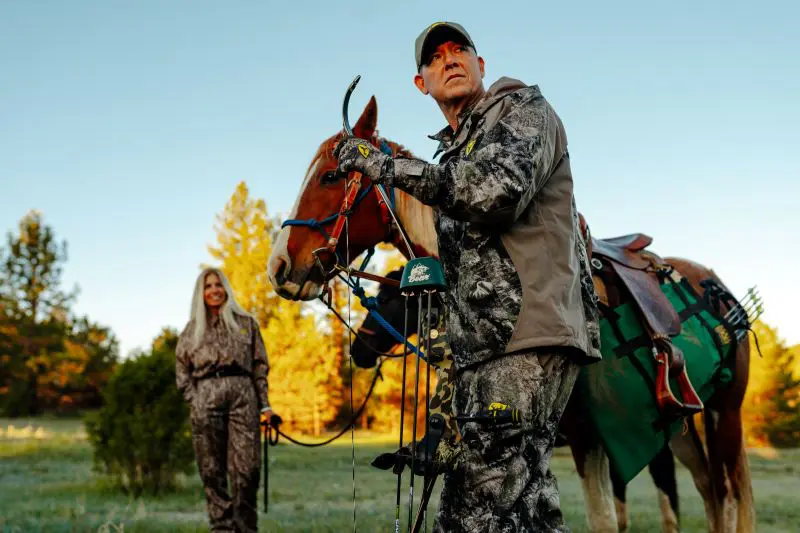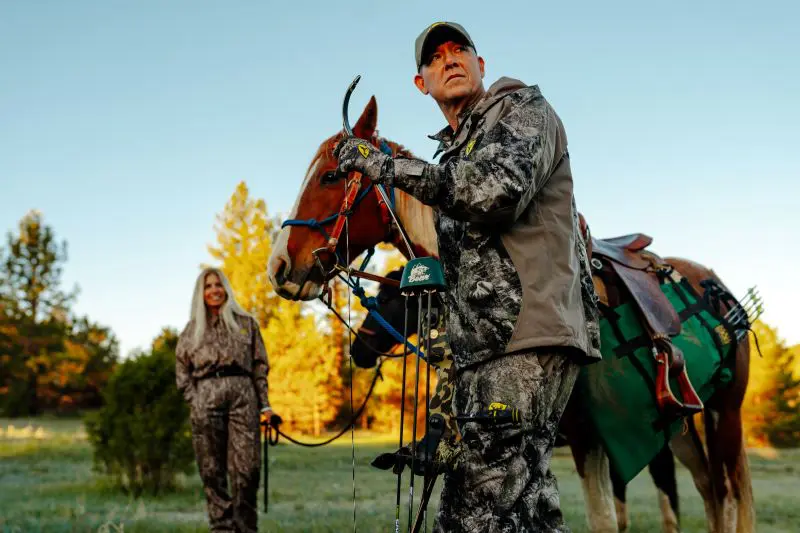Hunting with a recurve bow is a time-honored tradition that combines skill, patience, and an understanding of nature. Unlike compound bows, recurve bows are simpler in design, offering a more traditional experience that many hunters cherish.
Recently, I received a new compound bow for a review and decided to borrow a chronograph from a friend to test its speed. While chatting, my friend shared his experience of switching to a traditional recurve bow for the past few seasons. He explained that he made the change to challenge himself by bringing deer in closer and to improve his overall archery skills. Before leaving that evening, he retrieved his recurve from his vehicle, and we spent some time shooting at a 3D deer target in my backyard. It got me thinking: should I get into traditional archery more seriously? The answer is definitely yes!

Understanding the Recurve Bow
A recurve bow features limbs that curve away from the archer when unstrung, allowing for greater energy storage and a smoother release. These bows are typically lighter and quieter than their compound counterparts, making them ideal for stealthy hunting. Key components of a recurve bow include:
Limbs: Made from wood, fiberglass, or carbon, these are crucial for the bow’s power and flexibility.
Riser: The central part of the bow, often made from durable materials, where the grip and arrow rest are located.
String: The bowstring, usually made from high-strength materials, connects the two limbs and is responsible for launching the arrow.
Choosing the Right Equipment
Choose a recurve bow with a draw weight suitable for deer hunting, typically ranging from 30 to 50 pounds, and ensure it’s comfortable and easy to handle for extended periods of shooting. One of the advantages of traditional archery is that it’s relatively accessible for newcomers looking to get into the sport. When my friend and I were shooting in the backyard, he mentioned that he had ordered his recurve bow from Amazon because it was very affordable. Once you’ve gained experience and are ready to upgrade, there are plenty of options available for hunters, including Blocker Outdoors Pro Fred Eichler’s signature line from Bear Archery. As with any bow, be sure to choose one that fits your needs and is enjoyable to shoot.
As for other equipment, such as arrows, choose those made of carbon or aluminum with appropriate spine stiffness for your bow’s draw weight. Broadheads, which are designed for hunting, should have a cutting diameter suited for deer or other big game animals—typically, 1 to 2 inches is ideal. Also, invest in a few essential accessories, such as an arm guard, which protects your arm from the string when shooting. Afinger tab or glove is also essential for traditional hunters rather than a release used by most modern-day compound bow hunters. A tab or glove ensures a clean release and an accurate flying arrow. Last is a quiver to keep your arrows organized and accessible when shooting in the backyard or hunting.
Practicing Your Shot
After you have chosen your bow and all the equipment needed to hunt, it is time to practice. Accuracy is crucial when hunting with a recurve bow. Because there typically are no sights when shooting a recurve or traditional style bow, many hunters must learn to shoot instinctively. This style of shooting and hunting requires regular practice that will help you become a better shooter.
One way to practice is by mastering the draw. Develop a smooth, consistent draw and anchor point each time you shoot. Then, focus on aim by learning to use instinctive aiming or sighting methods, such as looking down the arrow to hit a specific bullseye on the target. Your form relies on muscle memory, while the latter uses sights for precision.
Practicing the smooth release of the string is also inevitable to avoid jerking the shot, which can make your arrow travel left to right instead of flying true. This also can result in your arrow missing the target.
When shooting in the yard with my friend, he shot a four-arrow group at 20 yards, which was as good as I could shoot with my compound. After a few quick pointers, I, too, hit the target where I was aiming. Probably not as good of a group as him or someone like Fred Eichler, yet I’m sure I could have shot a deer successfully within twenty yards.

The Hunt
Dress appropriately for the weather and wear scent-blocking clothing. As with any deer hunt, arrive early at your hunting location to minimize disturbance. Staying patient and alert when hunting with a recurve bow is essential. Once in position, remain quiet and still. Deer can be skittish, and sudden movements or sounds can scare them away. Keeping your eyes peeled for movement will allow you to be ready to draw and make the shot quickly.
When a deer presents a clear shot, remain calm. Focus on your target, align your shot, and aim for vital areas—ideally, the heart and lungs for a quick, humane kill. If you successfully hit a deer, wait before following it to allow the animal to settle. Then, track the blood trail carefully until you locate your deer.
Hunting deer with a recurve bow is both challenging and rewarding. It requires practice, patience, and a deep understanding of your surroundings. By mastering your equipment and honing your skills, you can experience the thrill of this timeless sport while connecting with nature in a profound way. Whether you’re a seasoned hunter or just starting, the journey of learning to hunt with a recurve bow is sure to be an enriching experience.


